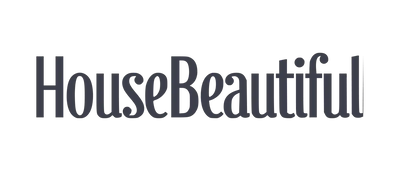Engraved House Signs
When it comes to putting lettering on signs, engraving is one of the oldest methods in the book. Albeit, things have come a long way from the days when rock and stick were used to chisel away at the face of the sign. For our engraved signs, we use a modern and skilful technique called sandblasting, which is as the name suggests, where you blast sand at a high velocity at the face of the sign to create grooved lettering. Once all the text on the sign is deeply engraved through the sandblasting process, paint can be applied to the groves making them stand out with a splash of colour against the dark grey slate, before being sealed with a long-lasting oil finish.
The Pro's
- Signs can last for a lifetime if looked after.
- Easy to read in all weather conditions, as the engraving is deep and painted.
- Provides a stylish look to any property type.
- We offer 7 colours to choose between on our website. We can do custom colours upon request.
The Con's
- Due to the process involved, it's more time-consuming to produce engraved signs, resulting in a slightly longer processing time compared to Etched.
- It's the more expensive lettering option of the two engraving styles, an additional £10 per sign.
Etched House Signs
The second popular option chosen for slate signs is printed lettering. This process uses a powerful laser that burns onto the face of the slate, causing a distinct change in colour from the dark grey slate to a much lighter grey tone. The slate we use at The Bespoke Sign House is of high grade, making the printing darker and extremely durable, allowing greater contrast to be made against the face of the sign. The process of etching does not leave deep grooves in the same way that the engraved slate process creates, instead it leaves a much softer finish to the lettering applied.
The Pro's
- Cheaper than the 'Engraved & Painted' option.
- Etched provides a smooth, natural finish.
- Much quicker turnaround times, within 3 days we can make and dispatch.
The Con's
- Rain, mist and fog can make it harder to read the sign if the sign gets wet, due to the natural finish.
- Only available in 1 colour (a warm-white colour, as seen in the pictures below).




















